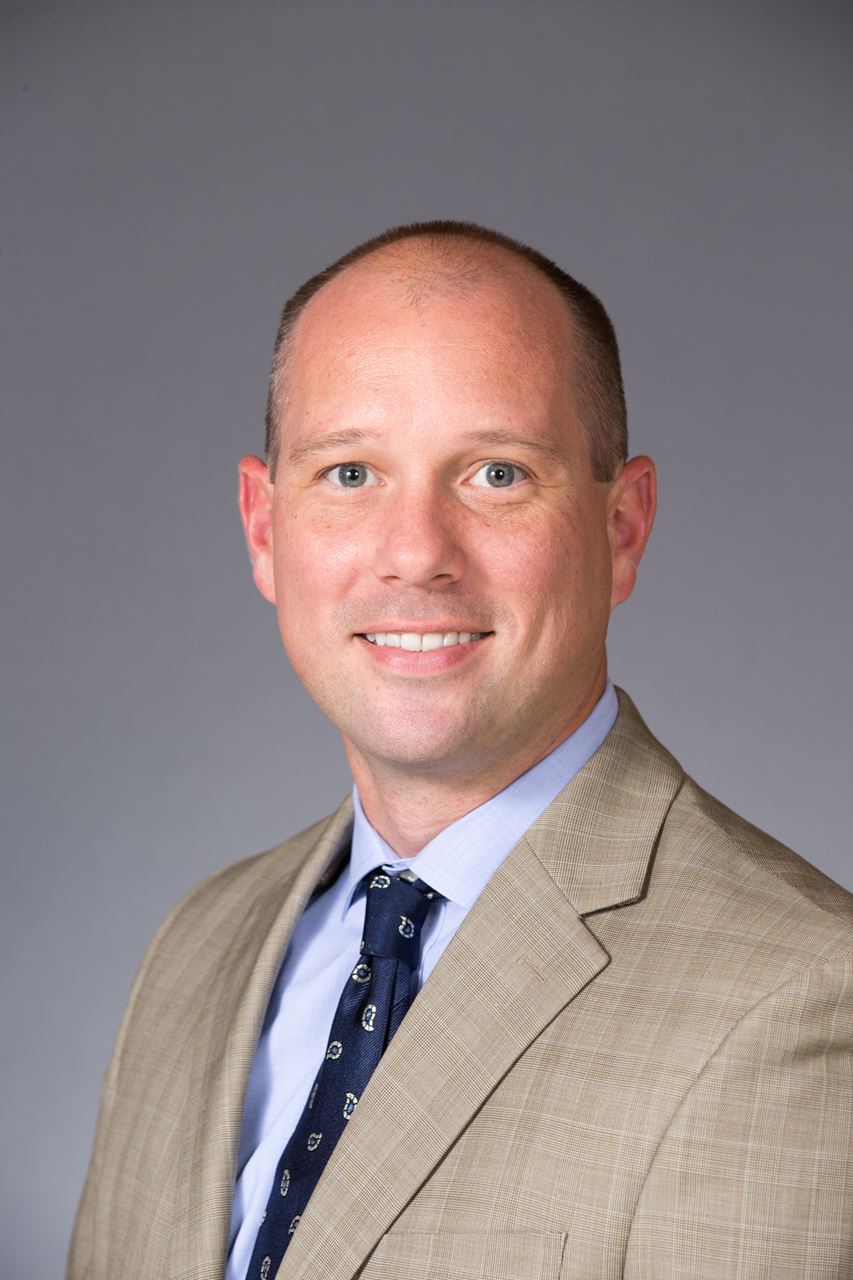3D Seismic Resolution at Regional and Prospect-Level Scales and the Uplift Through Data Integration
Andrew Lewis

LOCATION HERE
Andrew Lewis – Technology Manager, Fairfield Geotechnologies
Andrew has 14 years of experience as an energy industry professional. He joined Fairfield Geotechnologies in 2016. Most of his career has focused on onshore seismic data processing and reservoir characterization, especially in the Permian Basin. As Vice President of Geoscience, Andrew leads a team of dedicated geoscientists. His team takes pride in showcasing the value of modern 3D seismic data in various basins across the U.S. Andrew is also responsible for creating technical partnerships with companies that have synergistic data, software, and analytical capabilities. He researches the role seismic data plays in CCS and induced seismicity mitigation. He is passionate about bridging the gap between geology, geophysics, and engineering disciplines. Ultimately, Andrew works to drive customer efficiencies and profitability through the predictive value of 3D seismic data. Andrew graduated with an M.Sc. in Geophysics from the University of Houston in 2012. He also graduated with an Executive MBA from Texas A&M’s Mays School of Business, Class of 2020.
ABSTRACT
The integration of various data types plays a key role in uncovering subsurface insights. This presentation analyzes the role that 3D seismic data plays from the regional scale to the prospect-level scale. The integration of both engineering and geological data increases the insights that can be gained from these data. Furthermore, there are improvements in 3D seismic resolution from high trace density (HTD) seismic surveys that can improve the contribution of spatial resolution from 3D seismic data.
A regional mega-merge of 12 modern 3D seismic surveys covering approximately 2,800 square miles primarily in the New Mexico portion of the Delaware Basin showcases the vast amounts of geological insight that can be gained from 3D seismic data. The geology truly comes to life when looking at sequential depth slices from the basement up through the shallow subsurface. Regional arbitrary lines also illustrate some of the depositional complexity that is uncovered from the 3D seismic image. At this regional scale, it is possible to start to understand basin-wide structure and geologic frameworks.
At the prospect level, predictive models that use 3D seismic data benefit from the integration of geological and engineering data. At this scale it is common to implement multi-disciplinary workflows to create reservoir models. These workflows integrate multiple types of data with varying levels of resolution. A comparison of first 12-month BOE predicted with and without 3D seismic data in the Second Bone Spring Sand, show the level of lateral resolution that 3D seismic offers.
A common challenge with seismic data in the Delaware Basin is converting these data to an accurate depth. A dense spatial sampling of sonic logs is needed for velocity control. The tops of the logs need to be interpreted consistently and accurately. The horizons on the seismic data need to be mapped in great detail. In fact, each time sample of the seismic dataset is equivalent to approximately 15’ of depth. It’s not uncommon for some of these horizon interpretations to be off by a few samples. However, with advances in seismic acquisition and processing technology, HTD 3D seismic surveys can increase both vertical and lateral resolution of seismic data to improve the conversion from time to depth. This in turn benefits geosteering and the overall predictive capability of multi-disciplinary earth modeling workflows.
The resolution that 3D seismic data provides has implications at both regional and reservoir scales. It is the only source of spatial subsurface data. To maximize its usefulness, both engineering and geological data types need to be integrated into subsurface modeling efforts. The resolution of these models can be significantly improved by using high trace density 3D seismic data for more accurate depth conversions and more detailed lateral information.